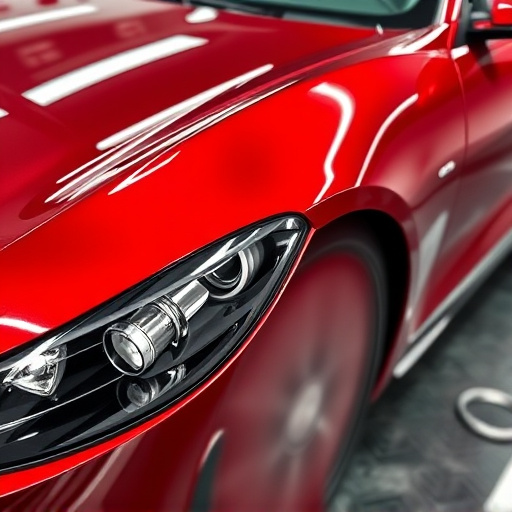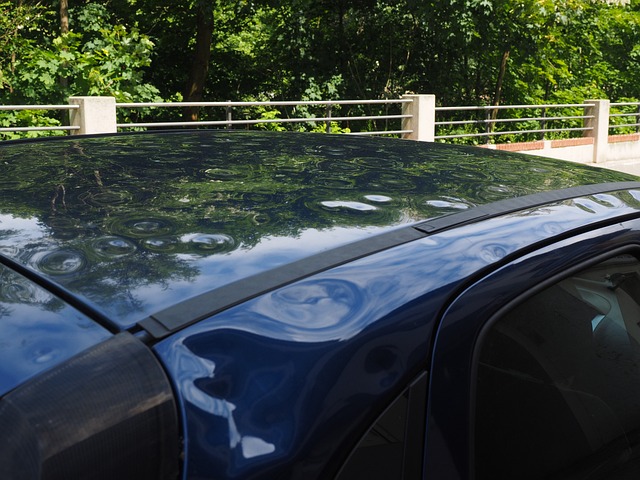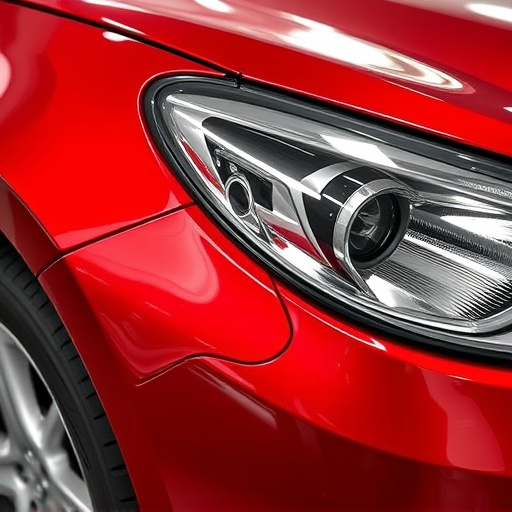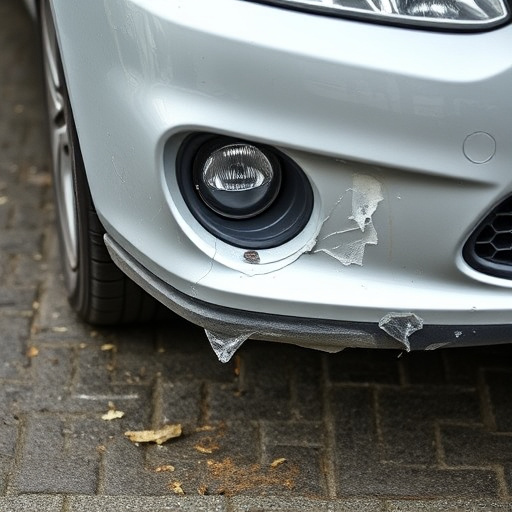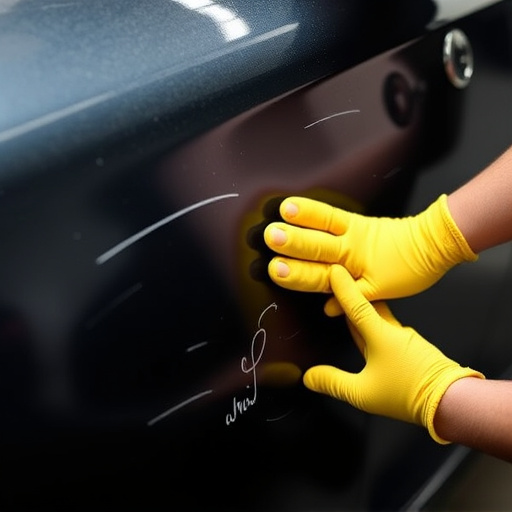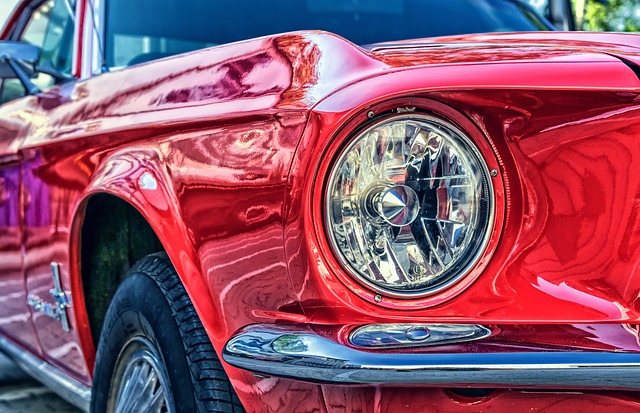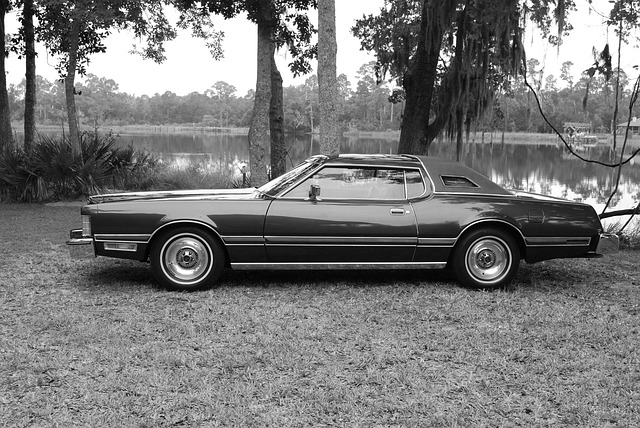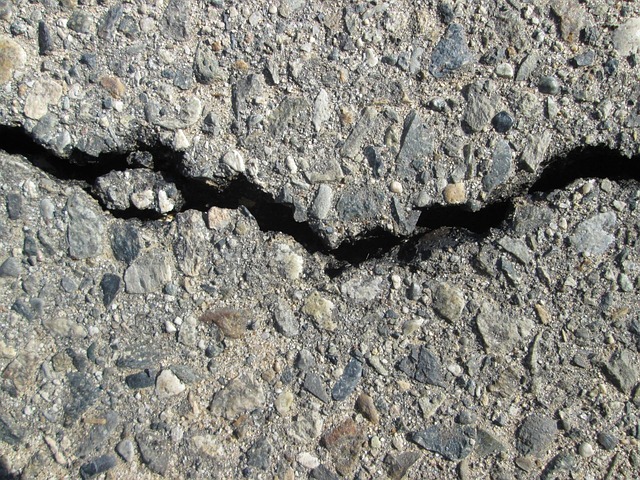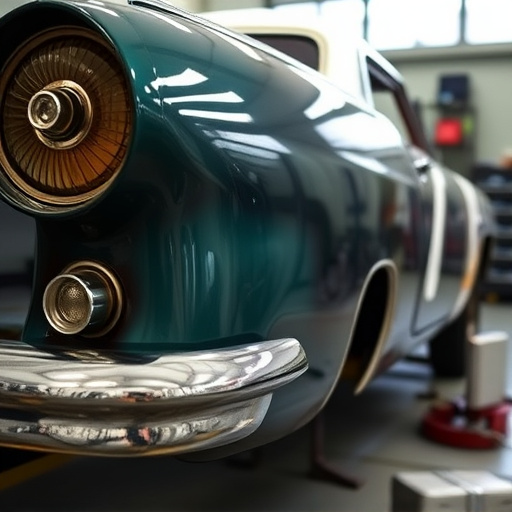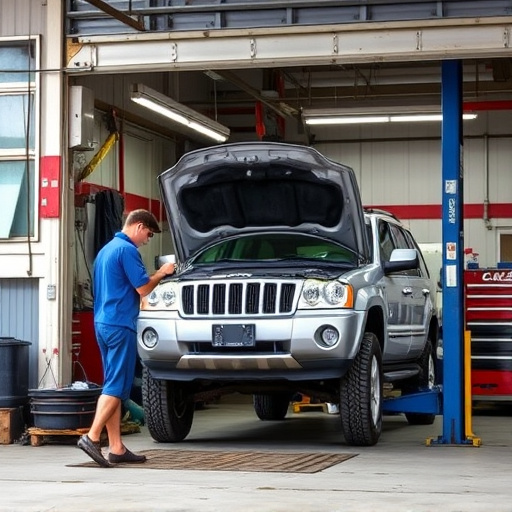Specialty paint finishes on vehicles improve aesthetics but degrade over time due to environmental factors. Regular inspection for wear, such as fading or chipping, is crucial. Timely refreshes ensure protective integrity and maintain initial appeal. Proper preparation, including cleaning, ideal painting conditions, and damage assessment, is vital for optimal specialty paint application outcomes.
“Unsure when to refresh your specialty paint finishes? This guide navigates the optimal timing and techniques for reaplying these unique coatings. First, grasp the lifespan of various specialty paints, understanding their inherent durability and environmental factors influencing fade and wear. Next, learn to identify visual cues indicating a refresh is due. Finally, discover expert tips for successful reapplication, ensuring your specialty paint application retains its initial vibrancy and protection.”
- Understanding the Lifespan of Specialty Paint Finishes
- Recognizing When a Refresh is Due
- Tips for Effective Specialty Paint Application Reapplication
Understanding the Lifespan of Specialty Paint Finishes

Specialty paint finishes, often employed in collision repair and car bodywork to achieve unique or specialized effects, have a defined lifespan. Understanding this lifespan is crucial for maintaining the integrity and aesthetic appeal of your vehicle’s paint job. Factors like environmental conditions, exposure to UV rays, and daily use can all contribute to the deterioration of these finishes over time.
In a collision repair shop, professionals know that regular inspection is key. Even with high-quality specialty paint application, signs of wear and tear may start to appear after several months or years. Fading, chipping, or cracking are indicators that a refresh or repaint might be necessary. Staying attuned to these changes ensures your car’s bodywork retains its original beauty and protection.
Recognizing When a Refresh is Due
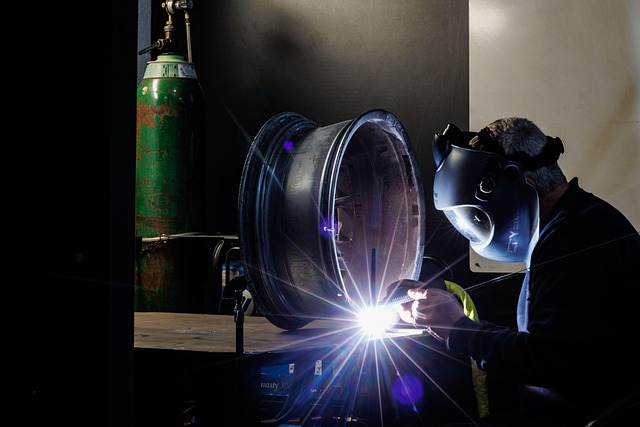
Over time, even the most carefully applied specialty paint finishes will start to show signs of wear and tear. Recognizing when a refresh is due is crucial for maintaining the aesthetic appeal and protection of your vehicle’s bodywork. One of the first visible indicators is fading or chipping of the paint, which can expose the underlying surface to damage from elements like UV rays and moisture. If you notice these issues, it’s a clear signal that it’s time to consider a refresh.
Regular inspection of your vehicle’s paintwork is essential in determining when to opt for professional vehicle repair services or do-it-yourself touch-ups. Keep an eye out for subtle changes in color uniformity and texture as well. Even minor variations could suggest underlying problems, such as moisture intrusion or surface degradation, which a car bodywork expert can assess accurately. In a vehicle body shop, they have the tools and expertise to identify these issues early on, ensuring your paint job remains not just visually appealing but also protective against potential damage.
Tips for Effective Specialty Paint Application Reapplication

When refreshing specialty paint finishes, whether on a car or other vehicle through professional vehicle repair services, proper preparation is key. Start by thoroughly cleaning the surface to remove any dirt, grease, or debris that could affect adhesion. This step ensures a smooth base for the new coat of paint, enhancing the effectiveness of your specialty paint application.
Consider factors like weather conditions and environmental factors when deciding when to reapply. Ideal temperatures for painting range between 50-80°F (10-27°C), with low humidity levels. In a collision center or garage setting, maintain proper ventilation to prevent build-up of volatile organic compounds (VOCs). Regularly inspect the paint job for signs of chipping, peeling, or fading, as these indicate the need for touch-ups or a complete refresh, ensuring your vehicle’s aesthetic and protective finish remains optimal.
Knowing when to reapply or refresh specialty paint finishes is essential for maintaining a visually appealing and durable exterior. By understanding the lifespan of these finishes and recognizing signs of wear, you can ensure your property stays protected and aesthetically pleasing. With proper care and the right techniques outlined in this article, you’ll be well-equipped to handle reapplication, extending the life of your specialty paint application and enhancing its initial beauty.

